Better skin care made simple
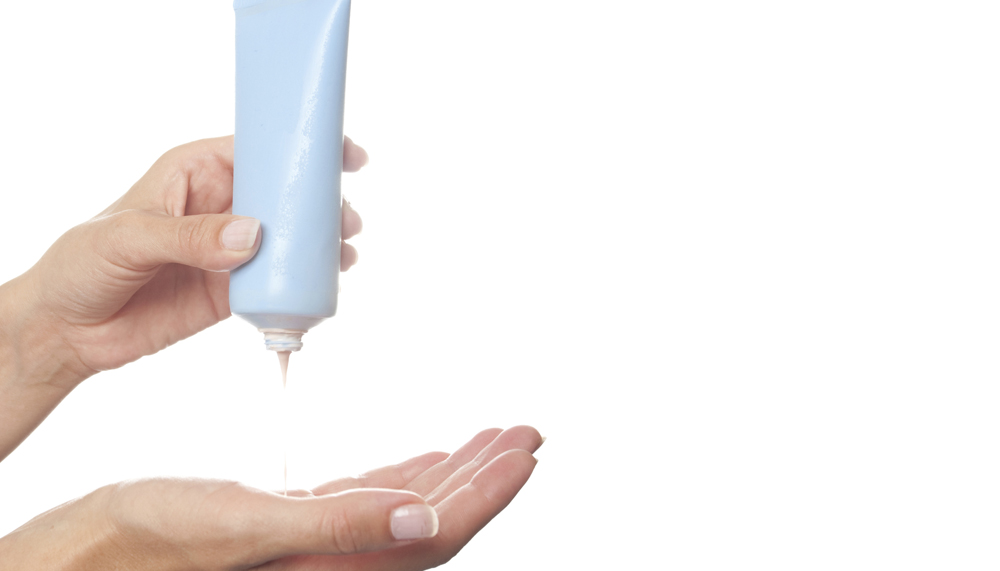
The number of tears in older people can be reduced by half with daily moistening, study finds.
A Wound Management CRC initiative has found a way to potentially reduce the number of skin tears in older people by up to 50 per cent.
Aged-care facilities around Australia are now being encouraged to improve their skincare practices, following recent findings that show the number of skin tears in older people can be minimised by simply moistening twice a day.
Skin tears are the most common preventable wound found among the elderly; in many cases they turn into chronic wounds that ultimately lead to an immense amount of pain, discomfort and expense.
With over 25 percent of elderly residents in aged-care facilities suffering from wounds, experts suggest this is a national problem that needs urgent attention.
“As we age, our skin gets thinner, dryer and more fragile, tears easily and heals more slowly,” said Keryln Carville, professor of primary healthcare and community nursing at Curtin University and Silver Chain – one of the largest in-home health and care providers in Australia.
“WMI CRC’s research demonstrates that by moisturising just twice a day we can actually prevent traumatic wounds from developing in the first place,” Carville says. “With over 430,000 Australians affected by chronic wounds like skin tears, and the cost to the healthcare system [at about] $2.6 billion a year, this simple regime can really make a difference.”
Carville joined a team of recognised experts in wound management to discuss the findings of this study, as well as the national impact of chronic wounds, at a recent skin health event in Canberra. The study was conducted by WMR CRC in Western Australia, combining researchers from Perth’s Curtin University and Silver Chain.
In collaboration with an aged-care agency, researchers conducted a randomised trial in 14 facilities with a total of 899 beds.
With consent, residents of seven of the facilities received a skincare intervention that involved the arms and legs being moisturised twice daily using a PH-neutral, perfume-free moisturiser.
The other seven facilities continued their usual skincare practices, which the study concluded could involve a range of practices including once daily application of moisturiser and adhoc moisturiser use. Variants were also found in the type of moisturising product employed; some included perfume agents or alcohol, or were non-PH friendly.
Researchers compared the number of skin tears and the incidence rates in both groups over six months, and found the findings have significant potential to affect the health of ageing Australians. When the skin was moisturised on the arms and legs twice a day using the correct moisturiser, skin tears were reduced by 50 per cent.
Carville confirmed that 1396 skin tears occurred throughout the period, among the study group of 424 residents.
“In the intervention arm we had 450 skin tears, as compared to 946 in the control group,” Carville explained. “When we costed this intervention; it was 91 cents per day, per resident. The cost of the moisturiser was only 9 cents and the remainder of the 91 cents was in care time to apply it.”
Other benefits of initiating the intervention included the contact and engagement between the resident and care staff.
Ninety three per cent of the tears occurred on the arms and legs, possibly due to bed repositioning, or being helped in or out of bed. Ninety six per cent of skin tears occurred within peak handling times and most tears occurred within facilities, as opposed to during a doctor visit or family outing.
This research has caught the eye of many countries, with visiting academics from Japan and South America already acting upon the study’s findings or planning to do so.
CEO of WMI CRC, Ian Griffiths, confirmed the centre has a network of clinics that will start to implement this practice straight away. He said this was an enormously beneficial study, and confirmed the centre would be doing much more of this type of work over the next five years of its eight-year funding.
“We want to make the argument that these very simple clinical practices stack up from a health economics point of view very strongly,” he said. “Our aim, ultimately, is to not only lessen the financial impact of wounds on the Australian taxpayer but ultimately to … prevent and rehabilitate wounds.
“The number of people who have skin tears and pressure injuries that ultimately lead to chronic wounds that do not get properly managed or treated for years has an enormous impact, not only financially but also socially and psychologically.
The creation of a simple and cost-effective intervention at an early stage could prevent the misery and enormous expense associated with skin tears and in turn wounds, Griffiths said.
Email: [email protected]

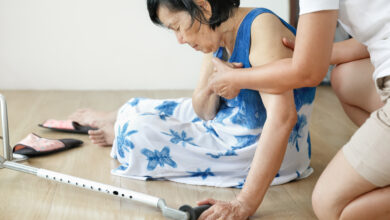
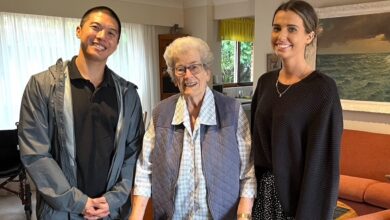
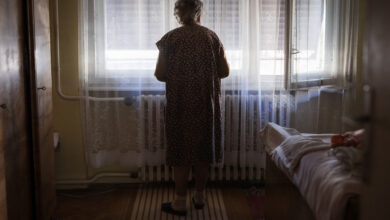

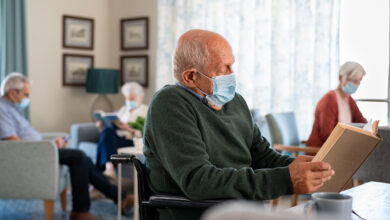
An excellent article and I totally agree with twice daily moisturizing. This is implemented in our residents care plans.
Good article, just needs to be implemented into care facilities and actually done!!!